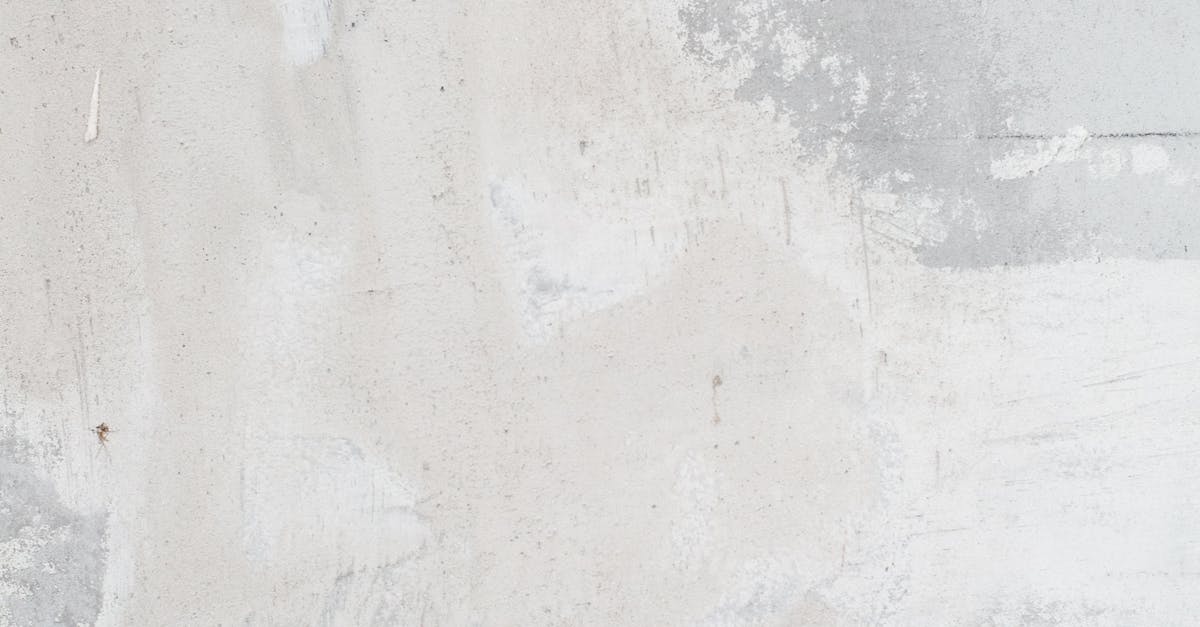Sculpting is an art form that transcends time and allows artists to breathe life into their creations. Figurative sculpture, in particular, focuses on the human form and its many expressions. From the intricate details of relief sculpture to the versatility of ceramics and the strength of metal, mastering figurative sculpture requires a deep understanding of various processes. In this article, we will explore seven essential processes that every sculptor should know when working with figurative sculpture, emphasizing relief sculpture, ceramics, and metal as key mediums in the artistic journey.
1. Conceptualization:
The first step in creating a figurative sculpture is conceptualization. This process involves developing a clear vision of the sculpture’s subject, theme, and overall design. Whether working on a relief sculpture that projects from a flat surface or a three-dimensional figurative piece in ceramics or metal, a strong concept will guide the sculptor throughout the creation process.
2. Modeling:
Modeling is the process of shaping the sculpture using various materials such as clay, wax, or plaster. In relief sculpture, the artist creates depth and dimension by sculpting directly onto a flat surface. Ceramics and metal offer unique challenges and opportunities for modeling, requiring precision and skill to bring the figurative form to life.
3. Carving:
Carving is a technique often used in relief sculpture to create intricate details and textures. By carefully removing material from the surface, the artist can add depth and visual interest to the sculpture. In ceramics and metal, carving techniques can be adapted to fit the specific properties of each medium, allowing for endless creative possibilities.
4. Casting:
Casting is a method commonly used in ceramics and metal sculpture to create multiple copies of a figurative piece. The process involves creating a mold of the original sculpture and pouring liquid material such as molten metal or clay into the mold to form a new replica. Casting allows artists to experiment with different materials and create unique variations of their original design.
5. Firing and Glazing:
For ceramic figurative sculptures, firing and glazing are essential processes that transform the raw clay into a durable and aesthetically pleasing finished piece. Firing involves heating the sculpture in a kiln to harden the clay, while glazing adds color and texture to the surface. These processes require technical expertise and careful attention to detail to achieve the desired results.
6. Welding and Patination:
In metal sculpture, welding is a skill used to join pieces of metal together to create a cohesive figurative form. Welding techniques vary depending on the type of metal being used and the desired aesthetic. Patination is the process of applying chemicals to the metal surface to create colors and textures, adding depth and visual interest to the sculpture.
7. Finishing and Presentation:
The final process in creating a figurative sculpture involves finishing and presentation. This step includes polishing, painting, or applying any final touches to enhance the sculpture’s overall appearance. Whether displaying the sculpture in a gallery, museum, or outdoor space, careful consideration of lighting, background, and positioning is essential to showcase the artwork in its best light.
Conclusion:
Mastering figurative sculpture requires a combination of technical skill, artistic vision, and creativity. By understanding and practicing the essential processes of relief sculpture, ceramics, and metal, sculptors can bring their figurative creations to life with depth, emotion, and beauty. Whether working with clay, wax, bronze, or steel, the possibilities are endless for artists who embrace the art of sculpting and continue to push the boundaries of figurative expression.


